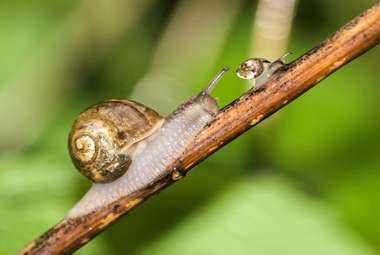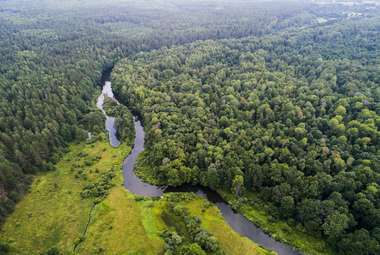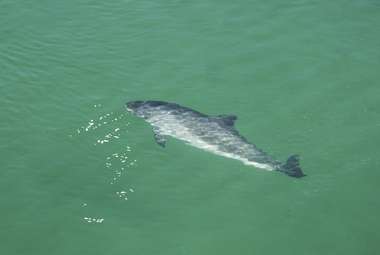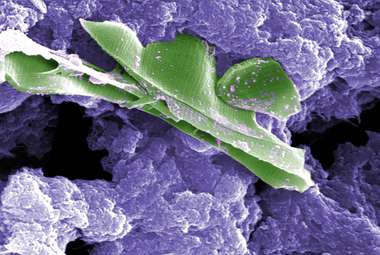 Researchers have developed a novel approach based on machine learning to project the likely progression of disability from multiple sclerosis, relying on the most complete patient history of any prior strategy, by utilizing information from more than 6,600 MS patients across five continents. The team can generate more precise predictions within milliseconds, potentially enabling better therapeutics for a serious and incurable disease.
Researchers have developed a novel approach based on machine learning to project the likely progression of disability from multiple sclerosis, relying on the most complete patient history of any prior strategy, by utilizing information from more than 6,600 MS patients across five continents. The team can generate more precise predictions within milliseconds, potentially enabling better therapeutics for a serious and incurable disease. A novel approach to monitoring sleep with remote sensing and radar signals that uses a new active motion suppression technique to address an artifact from breathing motion has been invented by researchers from Arizona State University, potentially providing an alternative to both high-tech wearable devices and the sensors used in clinical sleep studies.
A novel approach to monitoring sleep with remote sensing and radar signals that uses a new active motion suppression technique to address an artifact from breathing motion has been invented by researchers from Arizona State University, potentially providing an alternative to both high-tech wearable devices and the sensors used in clinical sleep studies. Ninety-nine million years ago, in the tropical forest of what is now Myanmar, a snail gave birth to five children near the site of what could have been their first meal. Except the possible food source, tree resin, ended up swallowing them all, leaving behind a unique amber fossil that captures not only a snail, still soft inside, but a rare glimpse into its life history.
Ninety-nine million years ago, in the tropical forest of what is now Myanmar, a snail gave birth to five children near the site of what could have been their first meal. Except the possible food source, tree resin, ended up swallowing them all, leaving behind a unique amber fossil that captures not only a snail, still soft inside, but a rare glimpse into its life history.







